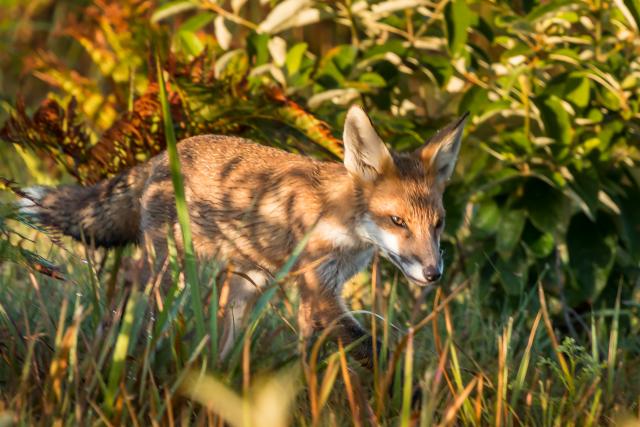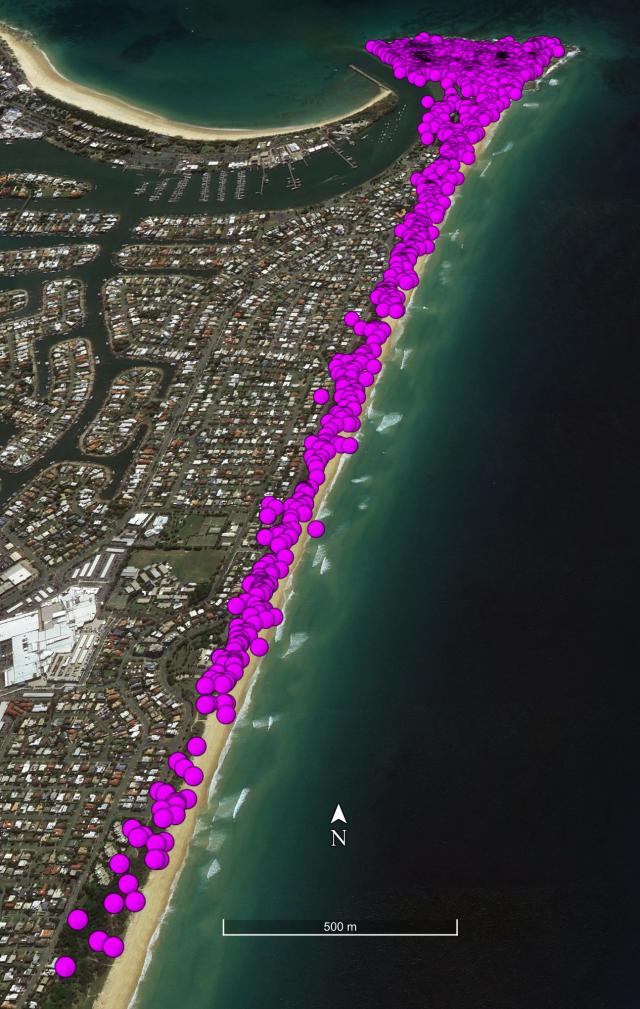The European red fox is one of 24 mammal species introduced to Australia since European settlement and, despite being the subject of widespread lethal control, it maintains an estimated population of around 7.2 million across Australia.
While its presence is well known in the Sunshine Coast region where it is also the subject of lethal control, its ecology and function in the hybrid assemblage of native and introduced biota in the region is poorly understood.
On 27 May at Friday Environment Forum, Dr Julie O’Connor from the University of the Sunshine Coast will give a detailed account of her study of this introduced pest.
The overall aim of the study was to examine the contemporary ecology of the red fox in a section of urban coastal southeast Queensland, focusing on:
• Overview of the population structure, spatial organisation and habitat selection of foxes living in this modified urban coastal habitat.
• Dietary choices, niche breadth and seasonal use of resources.
• The results of 10 years of monitoring the changing impact of foxes on the nests of the endangered loggerhead turtle Caretta caretta.
•The fox’s role as a likely vector of one of the study area’s most pervasive naturalised coastal weeds, Asparagus aethiopicus, or basket asparagus.
Join the talk at the Noosa Parks Association Environment Centre at 5 Wallace Drive, Noosaville on 27 May at 10.30am with morning tea available from 10am. Entry is $5 by tap and go at the door. Pre-registration is no longer required but it is requested that masks are worn to protect the vulnerable in the audience. Join the bird observers at 8.30am in the carpark for interpretive birding.








